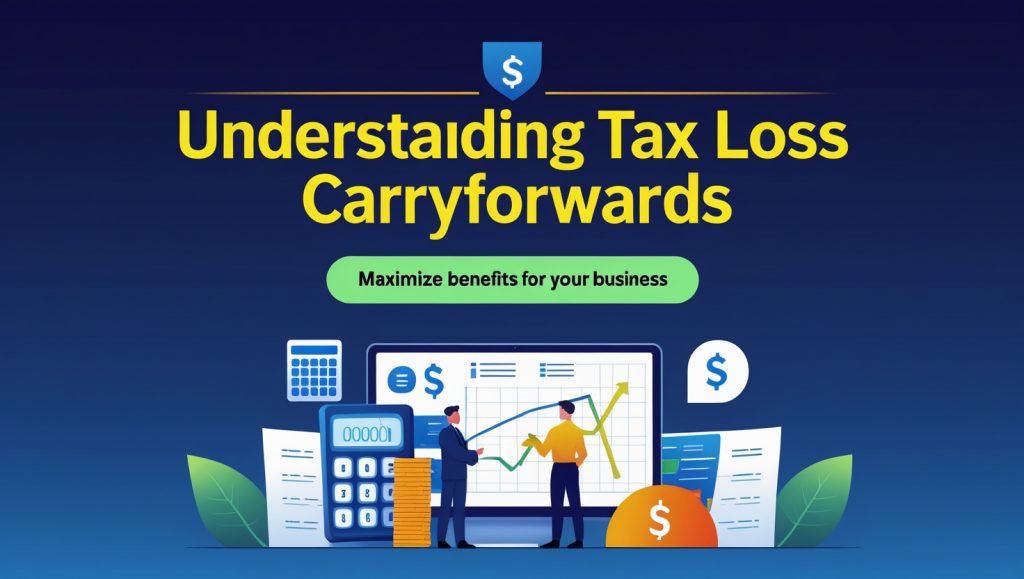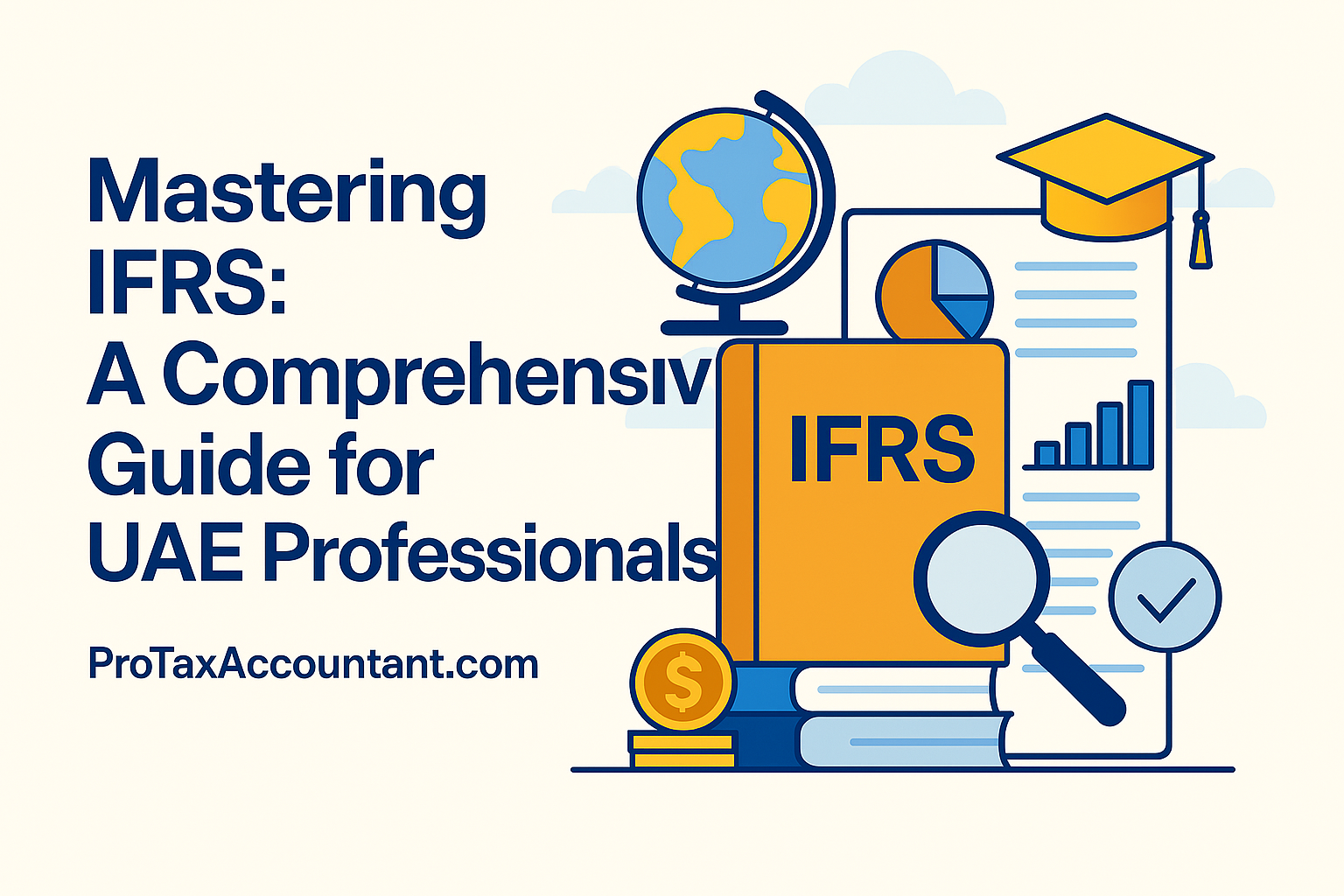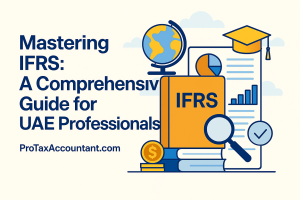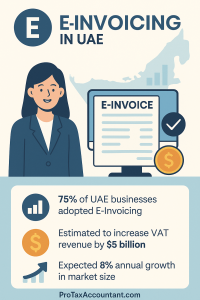As a business owner, understanding tax losses and how to manage them effectively can have a significant impact on your financial strategy.
If your company faces a bad year and incurs a tax loss, the good news is that you might be able to carry these losses forward to offset future taxable income.
This blog will walk you through everything you need to know about tax loss carryforwards,
how to use them to reduce your taxable income, and the limitations you need to consider.
We’ll also explore strategies for tax planning and how to ensure compliance with the regulations.
What is a Tax Loss Carryforward?
A tax loss carryforward allows a business to use a loss from one tax year to offset taxable income in future years.
This can reduce the amount of taxes the business needs to pay in the future.
In simple terms, if your company has a bad year and doesn’t make any profit,
you don’t just lose out—you can use that loss to reduce taxes when your business becomes profitable in the future.
However, there are specific conditions and limitations attached to how these carryforwards work,
especially when it comes to corporate tax in the UAE.
Here are the key conditions you need to understand:
Key Conditions for Carrying Forward Tax Losses
Ownership Continuity
For juridical persons (like corporations), the owners must maintain at least 50% ownership from the beginning of the period
when the tax loss was incurred to the end of the tax period when the loss is used.
In simple terms, the same owners must be in charge of the company throughout the time the losses are being carried forward.
Business Continuity
A change in ownership of more than 50% can still allow for tax loss carryforwards, but only if the business continues in the same or similar form.
For example, if your business undergoes a significant change but continues to operate in the same industry, you may still be able to use those losses.
However, these rules do not apply if the shares of the company are listed on a recognized stock exchange.
Exempt Income Exclusion
If your business generates income that is exempt from corporate tax (such as income from certain investments), tax losses cannot be used to offset that income.
This is a crucial limitation to keep in mind when planning your tax strategy.
No Carrying Back Losses
Unfortunately, you cannot use your current losses to reduce taxes from previous years.
Unlike some tax systems, the UAE does not allow you to “carry back” tax losses to get a refund for taxes you already paid.
Mandatory Carry Forward
If your company has tax losses, you must use all of those losses in the current tax period, provided the tax loss is less than 75% of the taxable income.
This rule eliminates any option of carrying forward losses partially or transferring them to a later period.
Natural Persons
Unlike juridical persons, natural persons (individuals) can carry forward tax losses without worrying about the 50% ownership continuity rule.
This gives individuals a bit more flexibility when it comes to utilizing tax losses in future years.
Limitations on Tax Loss Carryforwards and Their Impact on Tax Planning
While the ability to carry forward tax losses is a valuable tool for businesses, several limitations can impact your tax planning.
Let’s break down these limitations and their effect:
1. 75% Limitation on Carryforwards
The most significant limitation is that carried-forward tax losses can offset up to a maximum of 75% of taxable income in a given tax period.
This means that even if you have substantial losses, you still have to pay taxes on 25% of your taxable income.
For businesses that rely heavily on carried-forward losses, this can be a tough pill to swallow, as it creates an ongoing tax liability even in profitable years.
2. Impact of Ownership Changes
A major ownership change (more than 50%) can result in the forfeiture of carried-forward losses, especially if the business changes significantly after the ownership change.
This is a crucial factor for businesses that may be looking to sell or restructure.
If the new owners do not continue the same or a similar business, the ability to use past tax losses may be lost.
This rule prevents companies from being acquired solely for the purpose of utilizing tax losses.
3. Forfeiture of Losses
If your business fails to meet the necessary conditions to carry forward losses, those losses are forfeited and can never be used.
This could happen if there is a change in the ownership structure or the business shifts to an entirely different industry.
4. No Carry Back
As mentioned earlier, the inability to carry back losses means that you cannot use your current losses to claim refunds on taxes paid in previous years.
This restricts businesses from gaining immediate tax relief for past tax payments.
How Do These Limitations Affect Your Tax Strategy?
Understanding these limitations is crucial when planning for the future. Here’s how these rules affect your tax strategy and some ways to navigate them:
1. Strategic Timing
If your business is experiencing a loss, it’s important to plan ahead and use these losses strategically.
Ensure you are utilizing losses before any major changes in ownership occur.
This can help maximize the benefit of tax losses before they are potentially forfeited.
2. Investment Decisions
For businesses with significant carried-forward losses, you may want to prioritize investments that generate taxable income.
This way, you can offset the income with your carried-forward tax losses, reducing the overall tax liability.
However, be mindful that you can only use up to 75% of the taxable income in a given year.
3. Business Restructuring
Before undertaking any restructuring or changes in ownership, carefully analyze how the changes will affect your ability to carry forward losses.
If a significant change is expected, the company may lose the ability to use its tax losses, making restructuring decisions more complicated.
4. Forecasting Tax Liabilities
The 75% limit means that even in profitable years, your company may still face a tax bill.
This requires accurate financial forecasting and planning to ensure that the company is prepared for any tax liabilities, even if it is relying on carryforward losses to reduce its taxable income.
5. Acquisition Strategy
If you’re considering acquiring a company with substantial carried-forward tax losses, it’s important to assess whether those losses can still be used post-acquisition.
Additionally, if you plan to sell your business, be aware that a significant ownership change could lead to the loss of tax benefits.
How Pro Tax Accountant Can Help
At Pro Tax Accountant, we understand the complexities of corporate tax laws in the UAE, including tax loss carryforwards.
Our team can help you navigate the rules surrounding ownership continuity, business continuity, and the 75% limit on tax loss carryforwards.
We also provide valuable services, including VAT services in Dubai, bookkeeping services in Dubai, and corporate tax registration.
If you’re looking for expert advice and support in managing your tax losses, feel free to contact us.
Conclusion
Tax loss carryforwards can be a powerful tool for businesses, but they come with certain limitations and conditions.
Understanding how to effectively manage your tax losses can make a big difference in reducing your future tax liabilities.
By staying informed about ownership changes, business continuity, and the 75% offset limit,
you can create a solid tax strategy that maximizes the benefits of carried-forward losses while avoiding any potential pitfalls.
If you need assistance with managing your tax losses or require corporate tax services, don’t hesitate to reach out to Pro Tax Accountant.
We’re here to help you navigate these complex regulations and ensure that your business remains compliant while optimizing your tax liabilities.
For more information on tax planning and related services,
explore our corporate tax blog and stay updated with the latest tax news and insights.



















